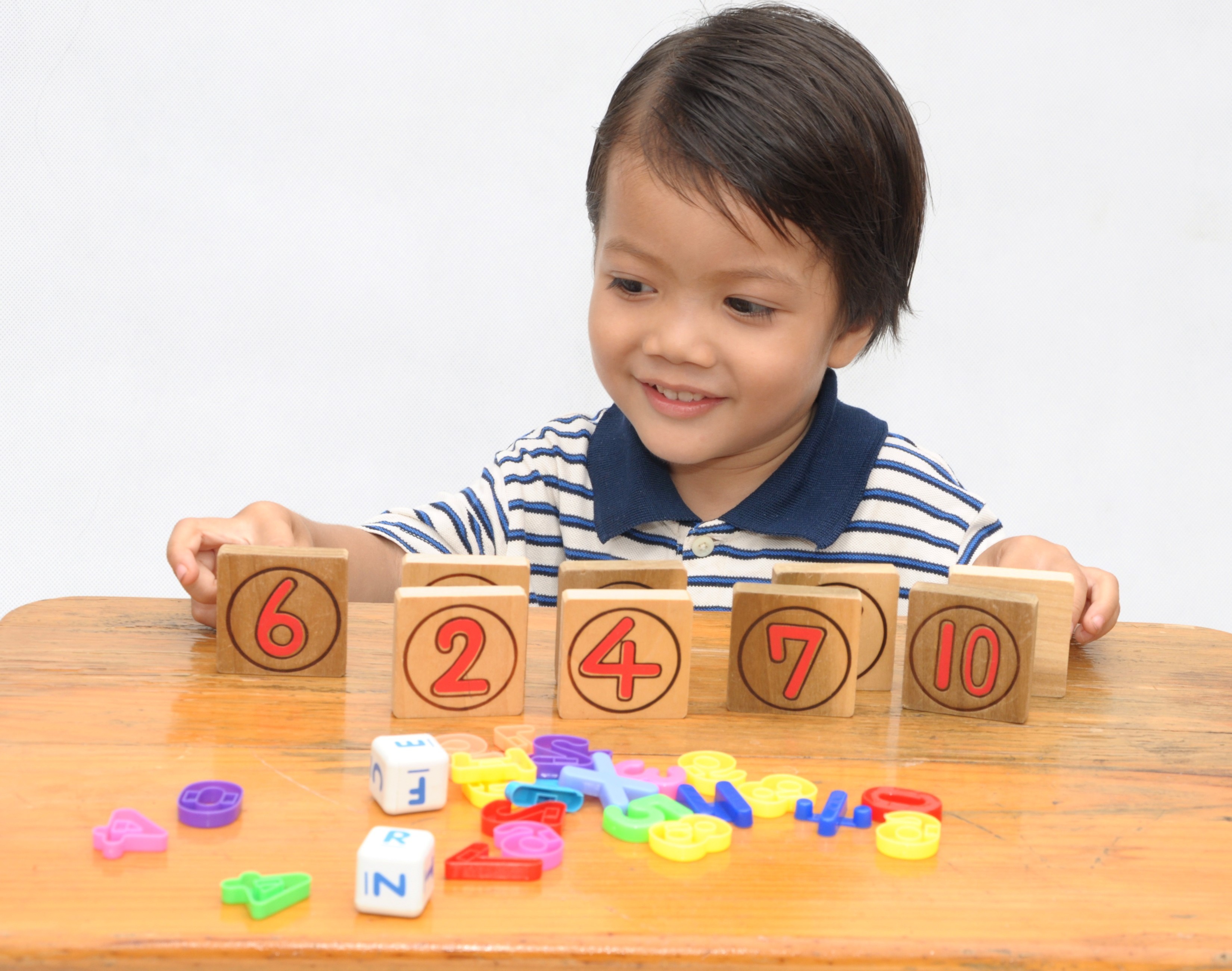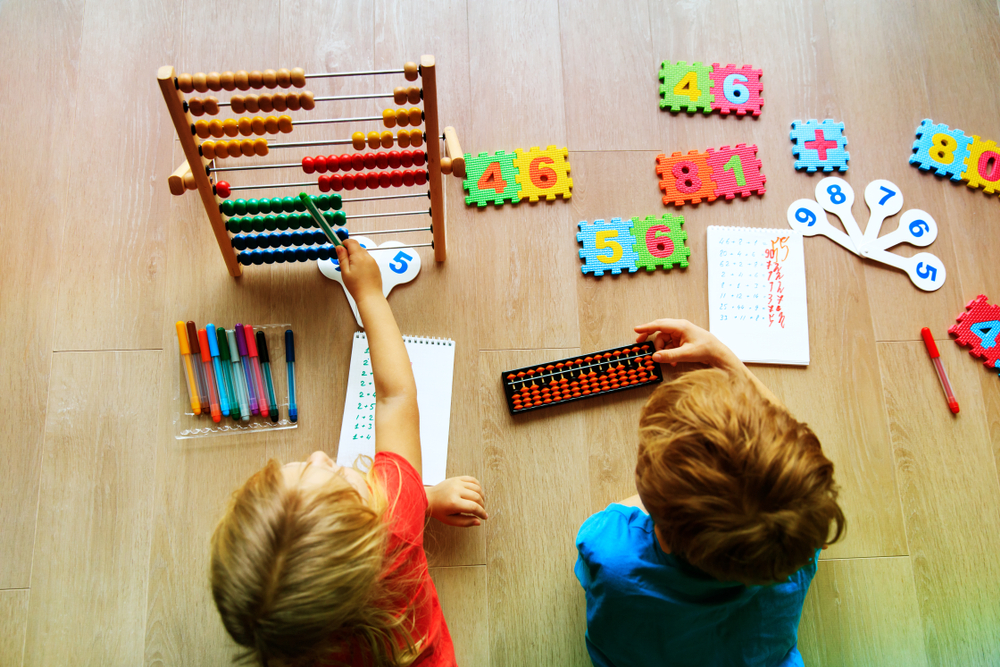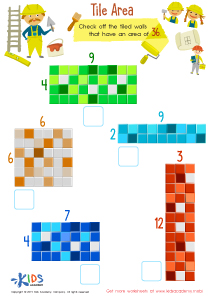Reading comprehension Normal Numbers Worksheets for 6-Year-Olds
3 filtered results
-
From - To
Unlock your child's reading potential with our "Reading Comprehension Normal Numbers Worksheets for 6-Year-Olds." specially crafted to blend captivating stories with fundamental numerical concepts, these worksheets ensure a delightful learning experience. Aimed at young learners, they seamlessly integrate reading practice, comprehension skills, and number recognition, fostering both literacy and mathematical development. Perfect for classroom or homeschooling use, each engaging activity encourages critical thinking and problem-solving. Empower your 6-year-old to excel! Discover our effective, fun, and educational worksheets today and pave the way for their future academic success.
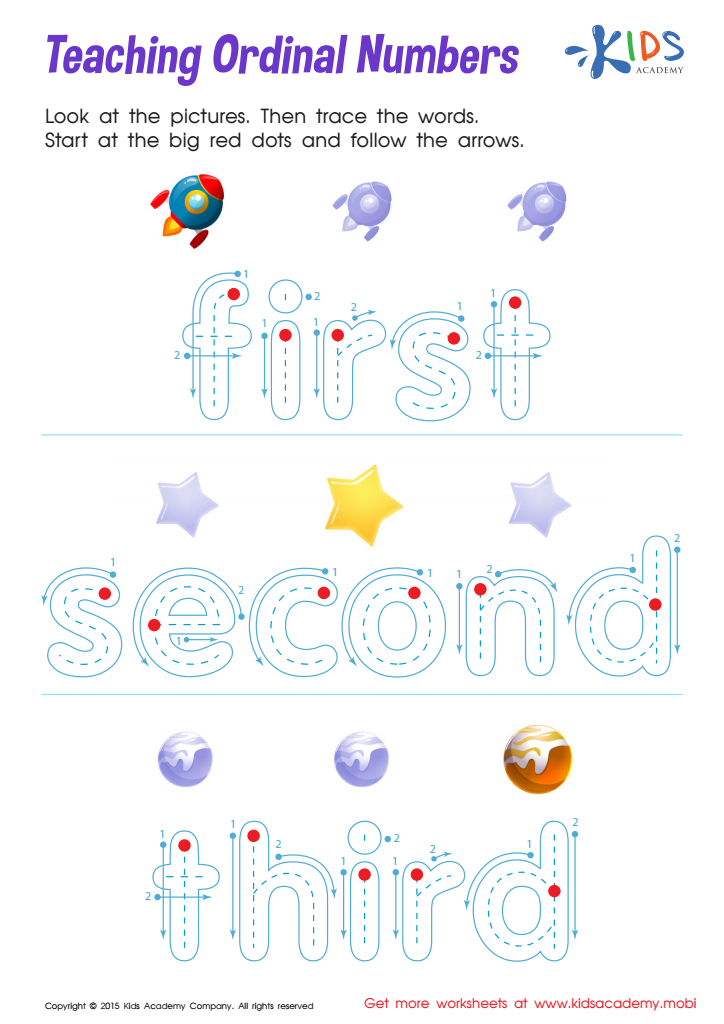

Ordinal Numbers: Teaching Ordinal Numbers Printable
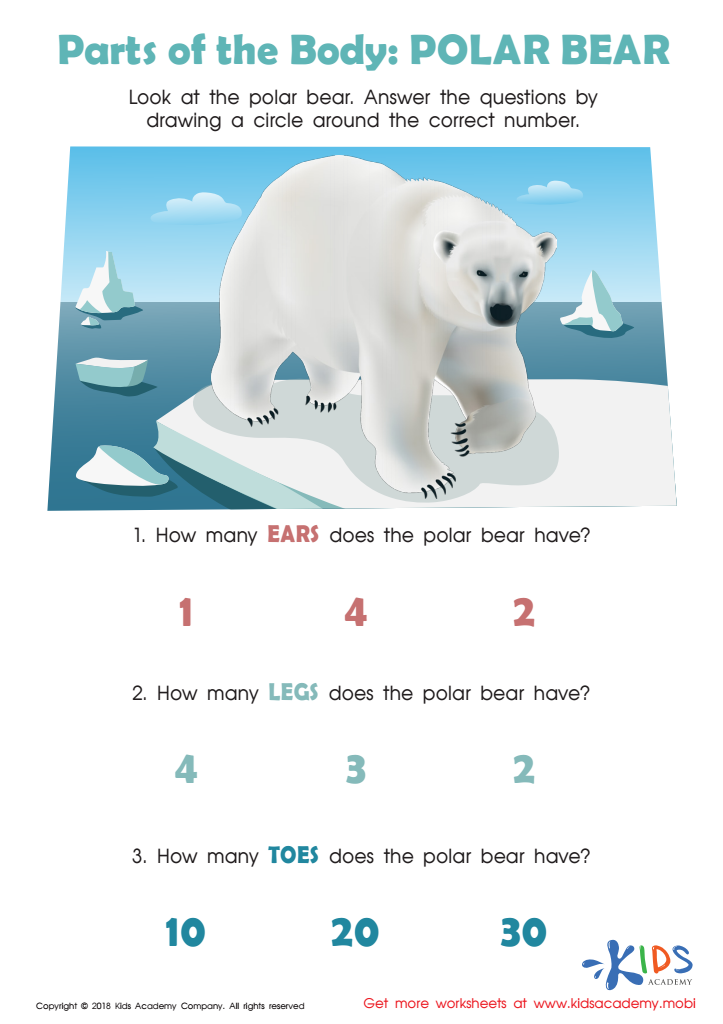

Parts of the Body: Polar Body Worksheet
Reading comprehension is a foundational skill that significantly influences a child's academic success and future opportunities. For 6-year-olds, understanding normal numbers (basic numerical concepts and their relationships) is crucial as it melds early math and literacy skills, acting as a bridge for more complex learning. Parents and teachers should prioritize this area because children at this age are in a critical period of cognitive development, forming the neural connections necessary for advanced thinking processes.
When children comprehend reading materials involving numbers, they can better understand stories that include quantities, sequencing, or problems that unfold through events. This dual literacy (numeracy and reading) builds their confidence and encourages a positive attitude toward learning. Enhanced reading comprehension helps them follow instructions, participate in interactive read-alouds, and communicate their ideas effectively. Moreover, it supports the development of logical thinking and problem-solving skills since understanding concepts like "more," "less," "equal," and "different" are integral to daily life.
Early involvement from parents and teachers ensures that children are not left behind in this fundamental learning phase. By nurturing reading comprehension alongside numerical understanding, they provide a balanced education that equips young learners with the tools they need for future academic disciplines, from mathematics to sciences, and even critical everyday tasks.
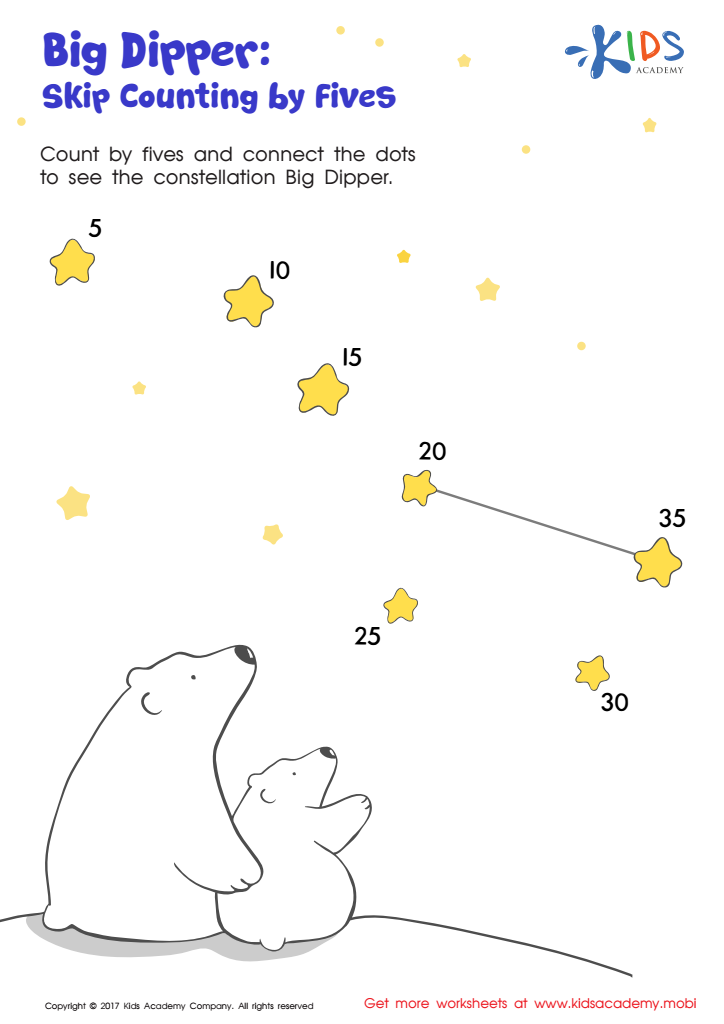
 Assign to My Students
Assign to My Students



